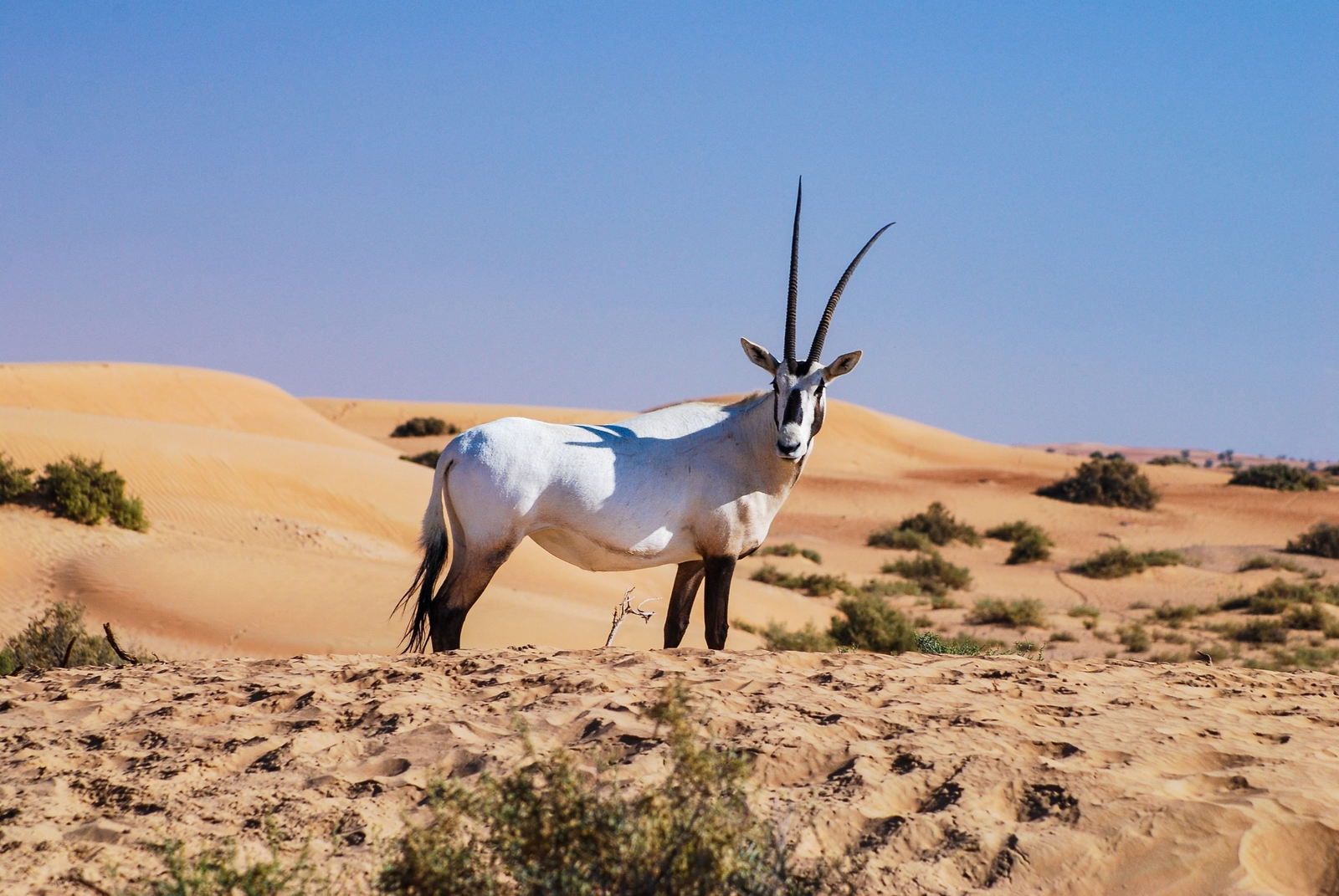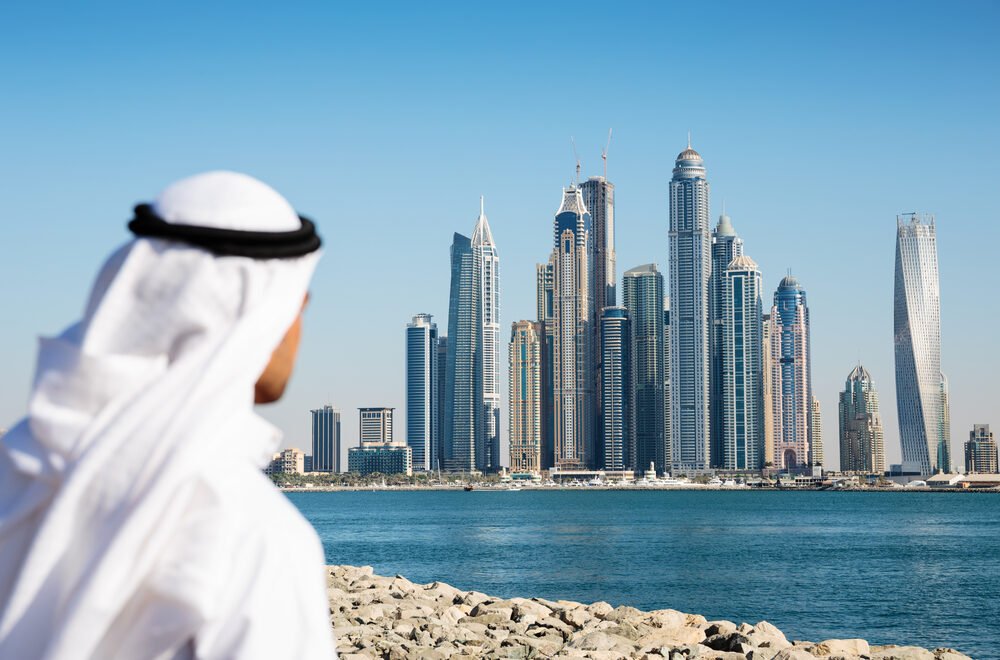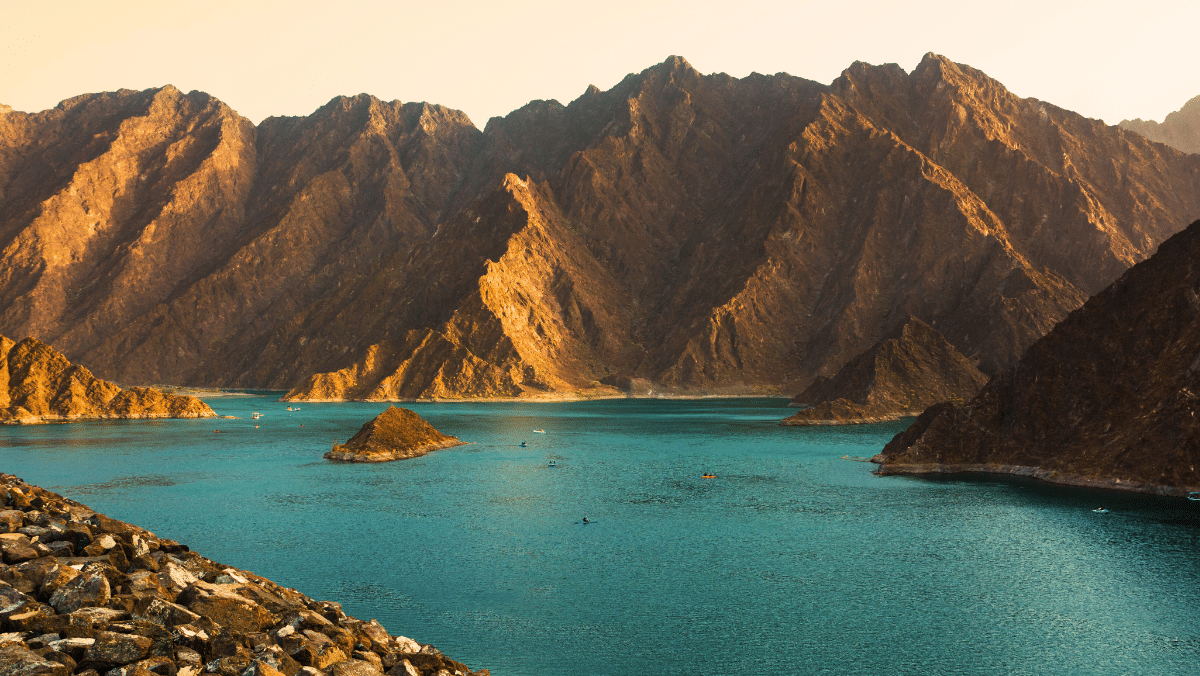Now Reading: Arabian Oryx Returns: A Desert Legend Making a Grand Comeback
-
01
Arabian Oryx Returns: A Desert Legend Making a Grand Comeback
Arabian Oryx Returns: A Desert Legend Making a Grand Comeback

Table of Contents
The Arabian desert is home to many wonders, but none as iconic as the Arabian oryx. This stunning white antelope with long, sharp horns and graceful movements has fascinated humans for centuries. Known as the “Unicorn of the Desert,” the Arabian oryx is more than just a beautiful animal—it is a symbol of survival, hope, and conservation success in the Middle East.
What is the Arabian Oryx?

The Arabian oryx (Oryx leucoryx) is a medium-sized antelope native to the deserts of the Arabian Peninsula, including countries such as the UAE, Saudi Arabia, Oman, and Jordan. The animal is famous for its brilliant white coat, which reflects the sun’s heat, and its long, straight horns, which can grow up to 75 centimeters.
Its beauty and rare appearance once inspired legends. Some old travelers believed the Arabian oryx was the real-life source of the unicorn myth, especially when seen from the side, where its two horns appear as one.
The Arabian Oryx: A Story of Survival

The Arabian oryx was once widespread across the Arabian deserts. But by the early 1970s, the species was declared extinct in the wild. Overhunting, habitat loss, and poaching for its horns caused the population to collapse.
Thankfully, the story did not end there. Thanks to the efforts of conservation programs in the UAE, Oman, and other Gulf countries, the Arabian oryx made a remarkable comeback. Some oryx were kept in captivity in zoos and breeding centers around the world, including the famous Phoenix Zoo in the USA, which helped breed animals for future release.
In the 1980s and 1990s, carefully planned programs began to reintroduce the Arabian oryx into protected reserves and national parks. Today, the oryx roams free in the wild once again—an inspiring symbol of how humans can help nature recover.
Where Can You See the Arabian Oryx?
If you visit the Arabian Peninsula, you may get a chance to see this majestic creature in one of its protected habitats:
- Al Maha Desert Resort (Dubai, UAE):
A luxury eco-reserve where Arabian oryx roam freely. Visitors can enjoy guided wildlife safaris to spot these animals up close. - Arabian Oryx Sanctuary (Oman):
A UNESCO World Heritage Site that was created specifically to protect the Arabian oryx. - Sir Bani Yas Island (Abu Dhabi, UAE):
This island has been transformed into a wildlife reserve with hundreds of Arabian oryx, gazelles, and other species. - Shaumari Wildlife Reserve (Jordan):
A dedicated reserve where the Arabian oryx was first reintroduced into the wild in Jordan.
These reserves are important not just for protecting the oryx, but also for educating people about conservation and environmental care.
Interesting Facts About the Arabian Oryx
- Desert Experts: Arabian oryx can survive without water for weeks, getting moisture from the plants they eat.
- Horns of Defense: Both male and female oryx have long horns, which they use to protect themselves from predators.
- Cool Coats: Their white fur reflects sunlight, while the dark markings on their face help reduce the sun’s glare.
- Social Animals: Oryx live in herds of 5 to 30 animals, often led by a dominant male.
- Fast Runners: Despite their size, they can run up to 60 km/h to escape danger.
A Symbol of National Pride
For many countries in the Gulf, the Arabian oryx is not just an animal—it is a national symbol. In Qatar, for example, the oryx appears on the logo for the 2022 FIFA World Cup mascot. The UAE also features the oryx in stamps, souvenirs, and even public art, reminding everyone of the importance of preserving native wildlife.
The Importance of Conservation
Though the Arabian oryx has made a comeback, it is still listed as “Vulnerable” by the IUCN (International Union for Conservation of Nature). This means that without continuous protection, the species could be at risk again.
Threats such as illegal hunting, climate change, and habitat destruction are ongoing concerns. But thanks to government action and public awareness campaigns, the future looks brighter for this beautiful antelope.
Eco-tourism also plays a role in saving the Arabian oryx. When tourists visit reserves responsibly, they help fund conservation programs while learning about the fragile desert ecosystem.
Conclusion
The story of the Arabian oryx is one of hope, determination, and human care for nature. From the edge of extinction to a thriving population in the wild, this desert “unicorn” proves that with effort and respect, even lost species can return.
If you ever visit the deserts of the Middle East, keep your eyes open. You might just spot the elegant Arabian oryx—the legendary survivor of the sands.
Read More:- Shobha Realty Launches Its Most Luxurious Project Yet—Full Details Inside 2025






















